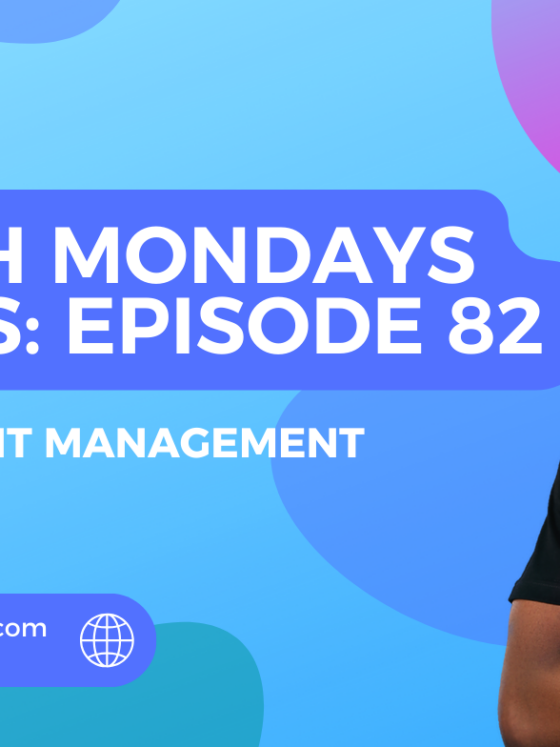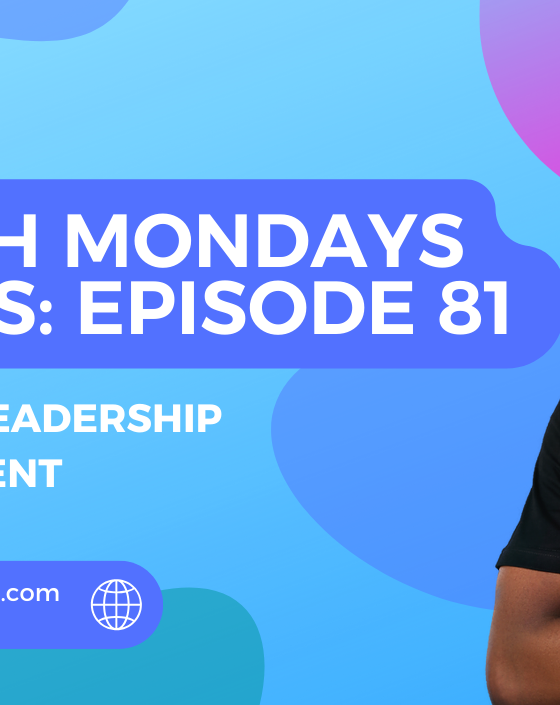Storytelling for Better Customer Connections
North Mondays Series: Episode 108

Your Customers Don’t Want More Facts. They Want to Feel Something.
Once upon a time, in a city called marketville, brands wore their product features like armour and flung buzzwords like confetti: “Fastest! Smartest!” etc.
They danced on our screens in polished ads, smiling models, shiny taglines and the likes. It worked for a while…untilsomething shifted.
People got tired.
Tired of being sold to.
Tired of being studied like algorithms, instead of people just trying to get through yet another Monday.
And in that quiet space where the noise had started to fade, something old and beautiful returned—Storytelling.
Your customers don’t want a perfect pitch.
They want to know that behind your sleek logo and clever copy, there’s someone who once stood where they now stand—confused, frustrated, unsure—and decided to build something that made life just a little better.
They want to feel seen, heard and understood.
They want to know you get them.
The Challenge: Making Your Stories Relatable
Let’s be honest—most brand storytelling still feels like marketing.
You’ve seen it:
- Over-polished ads that feel staged
- Brand videos filled with buzzwords but no emotion
- Customer testimonials that sound like scripts
- Origin stories that feel disconnected from the audience
And because your customers are smart people, they scroll past. Not because you’re boring but because your story doesn’t feel like them.
The challenge isn’t just telling stories.
It’s telling stories that connect with the customer.
The Rise of Narrative-Driven Engagement
We’re in the era of narrative-first marketing.
- Brands are shifting from selling features to telling journeys
- Founders are sharing more personal, vulnerable content
- Influencers are winning with relatable micro-stories.
- Campaigns aren’t one-offs anymore—they’re episodes in a longer journey.
- The customer isn’t the sidekick. They’re the hero. Always
Why? Because storytelling is the strategy and in a world where attention is short, emotion lasts.
What Makes a Story Stick?
Not an MBA or a big budget.
Just this simple formula:
Relatable Human + Real-Life Conflict + Emotional Resolution = Connection
If your brand was a person, what story would they tell?
- The friend who’s been there?
- The rebel with a solution?
- The calm voice in a chaotic room?
- The underdog who didn’t give up?
Stories that connect do three things:
- Reflect the customer’s lived experience
- Show transformation (not just promotion)
- Invite the customer into the journey
The Customer Should See Themselves In Your Story
Bad storytelling:
“We built this product because we’re innovative leaders in XYZ industry.”
Good storytelling:
“You’re tired of trying and failing with XYZ. So were we. That’s why we built something simple that finally works.”
See the difference?
One tries to impress whilst the other makes eye contact.
Where to Use Storytelling in Your Business
You don’t need a documentary budget.
You need to be intentional. Start here:
1. Your “About Us” Page
Turn your origin story into a customer-focused narrative.
Instead of a CV for your company, tell us how the idea found you. Let your mission feel like a memory.
2. Product Descriptions
Every product solves a problem.
Tell the story behind the solution. What does life look like before and after your product enters the group chat?
3. Email & Social Campaigns
Use story arcs: problem → struggle → solution → transformation.
Make it bite-sized, personal, and true.
4. Testimonials
Don’t ask, “How was our service?”
Ask, “What was going wrong before you found us?” and “What changed?”
Practical Tips for Better Brand Storytelling
- Write how you talk. Drop the corporate tone.
- Show, don’t tell. Use real-life examples, not adjectives.
- Use your customer’s voice. Steal their actual words from reviews, DMs, or support chats.
- Create characters. Even if they’re fictional, they’ll bring your solution to life.
- Keep the story small. One moment. One insight. One emotional turn.
Your North Mondays Action Plan
- Revisit your brand story. Does it talk at your audience or with them?
- Choose one product or campaign. Frame it around a mini customer story.
- Write one email, social post, or script that follows a simple 4-step arc:
Problem → Attempt → Breakthrough → New Reality - Test it. See if engagement improves. Tweak and repeat.
Today’s Question
What’s one brand story you’ve seen lately that moved you?
And how are you using storytelling in your business right now?
Reply and share your narrative-building journey.
Until next time, in a world of selling, North Monday articles are here to help you connect and mean something.








Recent Comments